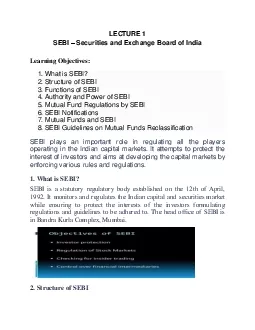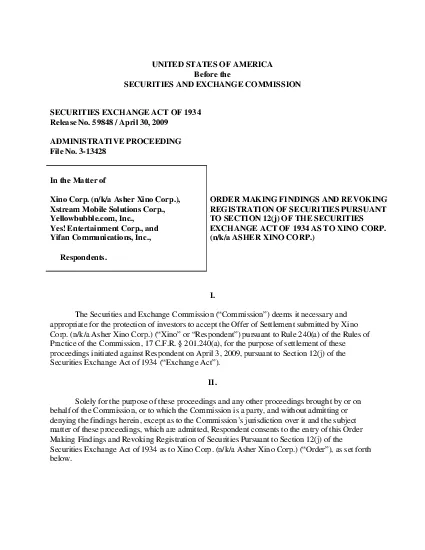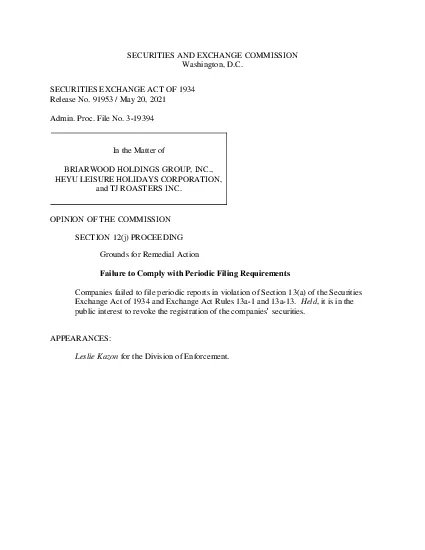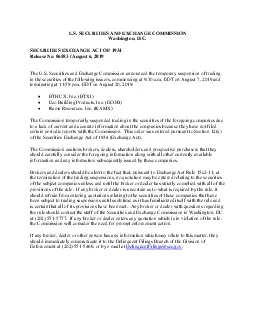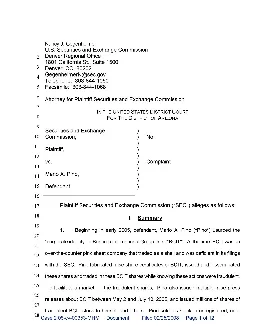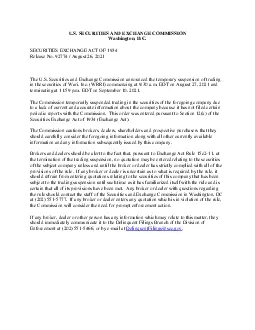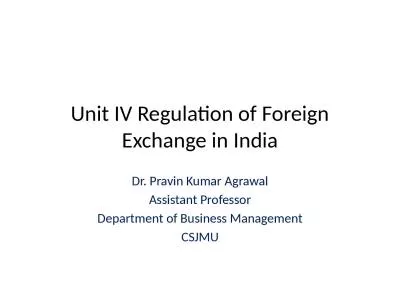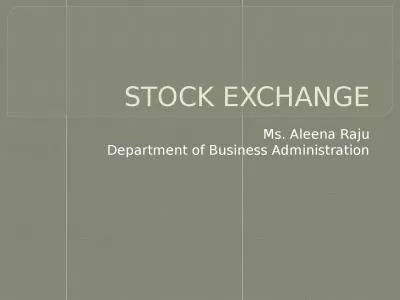PDF-Securities and Exchange Board of India
Author : adah | Published Date : 2021-09-09
LECTURE 1SEBI Learning Objectives1What is SEBI2Structure of SEBI3Functions of SEBI4Authority and Power of SEBI5Mutual Fund Regulations by SEBI6SEBI Notifications7Mutual
Presentation Embed Code
Download Presentation
Download Presentation The PPT/PDF document "Securities and Exchange Board of India" is the property of its rightful owner. Permission is granted to download and print the materials on this website for personal, non-commercial use only, and to display it on your personal computer provided you do not modify the materials and that you retain all copyright notices contained in the materials. By downloading content from our website, you accept the terms of this agreement.
Securities and Exchange Board of India: Transcript
Download Rules Of Document
"Securities and Exchange Board of India"The content belongs to its owner. You may download and print it for personal use, without modification, and keep all copyright notices. By downloading, you agree to these terms.
Related Documents

